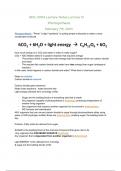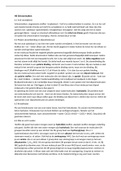Samenvatting
Summary Web Technology 2015
- Vak
- Webtechnologie
- Instelling
- Vrije Universiteit Amsterdam (VU)
This is a summary of the slides from the course Web Technology, given in January 2015. The summary confirms to the exam preparation, to be found on BlackBoard.
[Meer zien]













